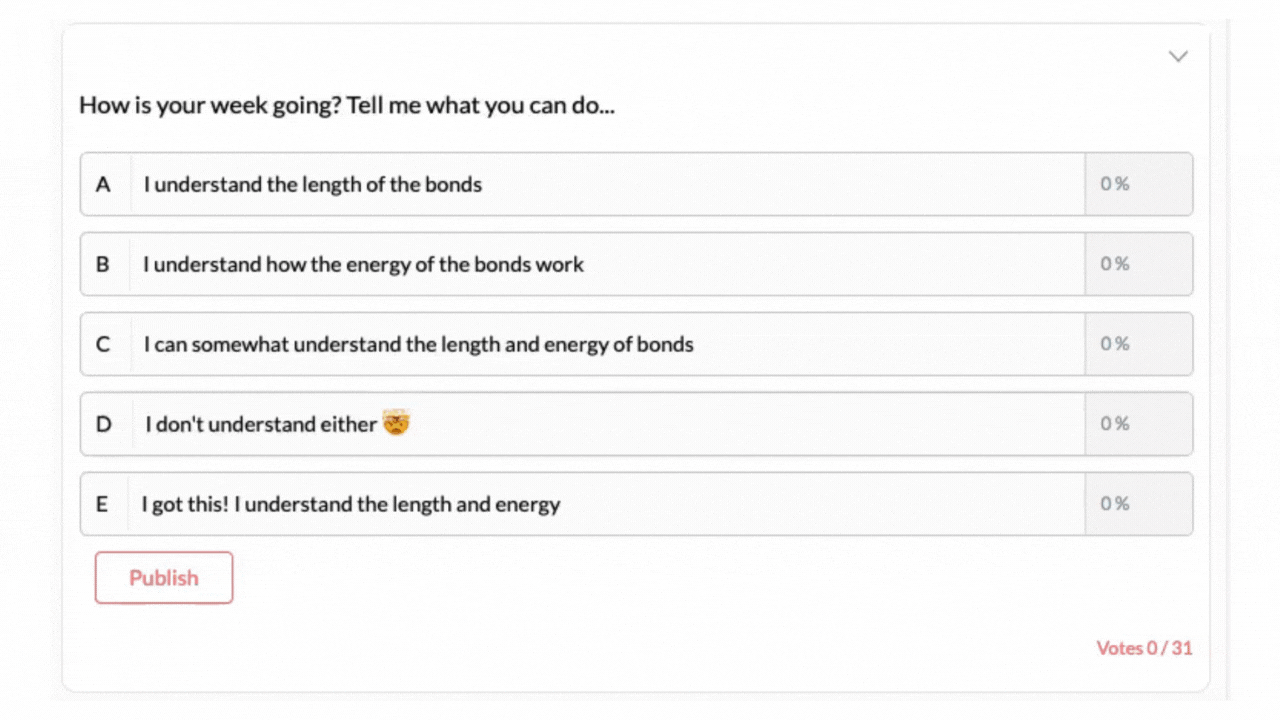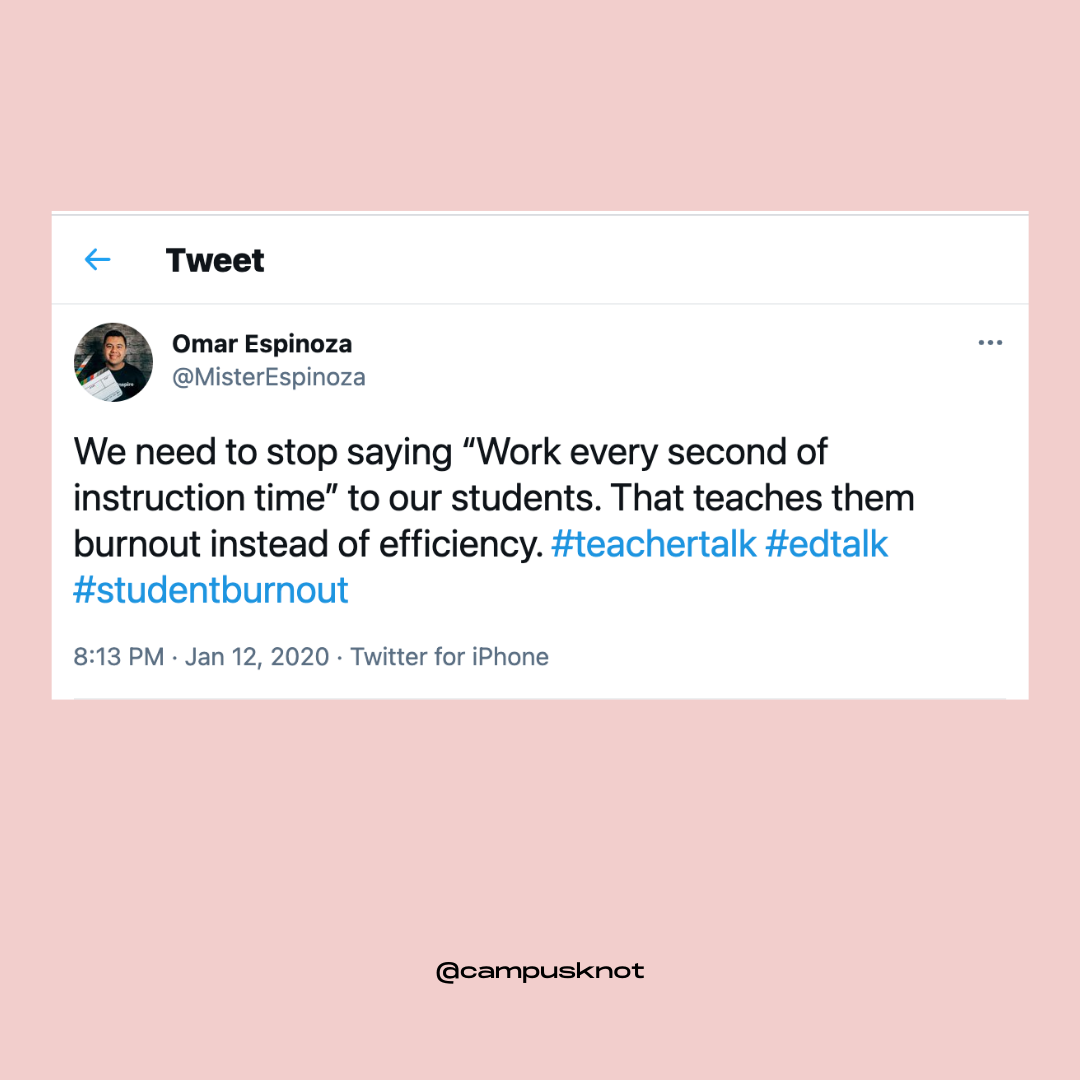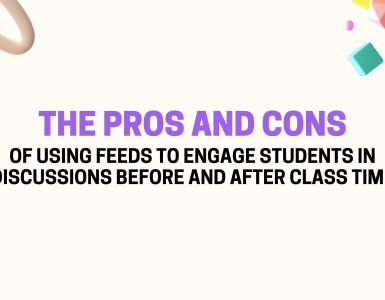If you work in academia, you know that academic burnout has crept into our classrooms and daily lives. A recent study made with 1,324 university faculty members found that one-third of faculty suffered from burnout syndrome even before the pandemic. Due to the high number of faculty and students who experience burnout symptoms, there has been a rise in self-care and burnout awareness campaigns across many campuses.
In this blog we cover what academic burnout is, who can experience it, and ways to overcome it.
Who can experience burnout?
It’s no lie that whether you’re a teacher or a college professor, there is a lot of pressure for those who work in academia. A combination of time-bound workload, unclear expectations, combined with responsibilities that involve -for some- doing cutting-edge research and keeping up with student success and course management has resulted in faculty members being pushed to the extremes.
In the last few years, there has been an increase in burnout awareness and coping mechanisms campaigns to improve the quality of teaching and learning.
What are we doing about it?
Many organizations focus on the acknowledgment, treatment, and prevention of burnout syndrome. A few agencies assisting with burnout across multiple industries:
How to avoid/overcome burnout syndrome?
The good news is that burnout can be treated. Here are three positive habits to put into practice this year:
1. Keep it simple
- Use your resources: Sometimes, the best class content has to do with interactive material. Instead of planning an entire lesson, spark class by sharing videos, memes or encouraging students to start their own discussions. For example, inside the CampusKnot feed, professors can encourage and reward students for starting, leading, and engaging in conversation with classmates.
- Ask for feedback: Run quick polls and ask students how lectures are going. Instead of waiting for teacher evaluations, weekly assessment-based polls allow you to gain feedback on class material and student consumption of the content.

- Collaborate: Pair up with other faculty members who are teaching the same or similar courses. Collaborating with other faculty members can decrease the time you spend creating course activities.
2. Set boundaries
- Avoid working from your bedroom: Recent studies have shown that when we work from our bed, that space is instantly registered in our brain as a place where we work. This makes it harder to relax or sleep during your downtime. A way to establish boundaries is by first creating spaces like a desk or a corner and set it as your workspace.

- Take a break from technology: Take a break from email or general social media pages. If possible, disconnect your work email from your mobile device. This will allow you to fully enjoy your ‘down-time’ without any remorse of having to respond to an email.
- Learn to say ‘no’: Saying ‘no’ to things that are not requirements can allow you to say ‘yes’ to things you enjoy doing.
3. Treat yourself
- Take a break: It’s important to set time aside to recover from your teaching and research responsibilities. We recommend you work in intervals. We like to use the Pomodoro technique while working. You can decide between 30 or 60 minutes of work periods. If you spend 25 minutes working, take a 5-minute break. If you spend 50 minutes working, set aside 10 minutes to unwind.

- Go for a walk: Going for a walk can increase your creativity and dopamine levels in your brain. Dopamine is a hormone associated with happiness that can help regulate your mood. Moreover, a walk as short as thirty minutes every day (or as often as possible) can lower your heart rate, ease your anxiety, and relieve stress.
- Get rest: The lack of sleep can only make burnout symptoms increase. Here are a few tips to better your sleep habits.
If burnout seems inevitable, remember to take advantage of your school breaks to disconnect and unwind. During your free time, choose activities that encourage you to get out of the ‘work’ zone. You are not alone, and there are plenty of resources available to increase student participation while decreasing the time your spend managing and grading course material.
Ready to decrease the time you spend answering emails from students? Inside the CampusKnot Feed, you can easily auto-grade student participation. Get started today. It’s free!








